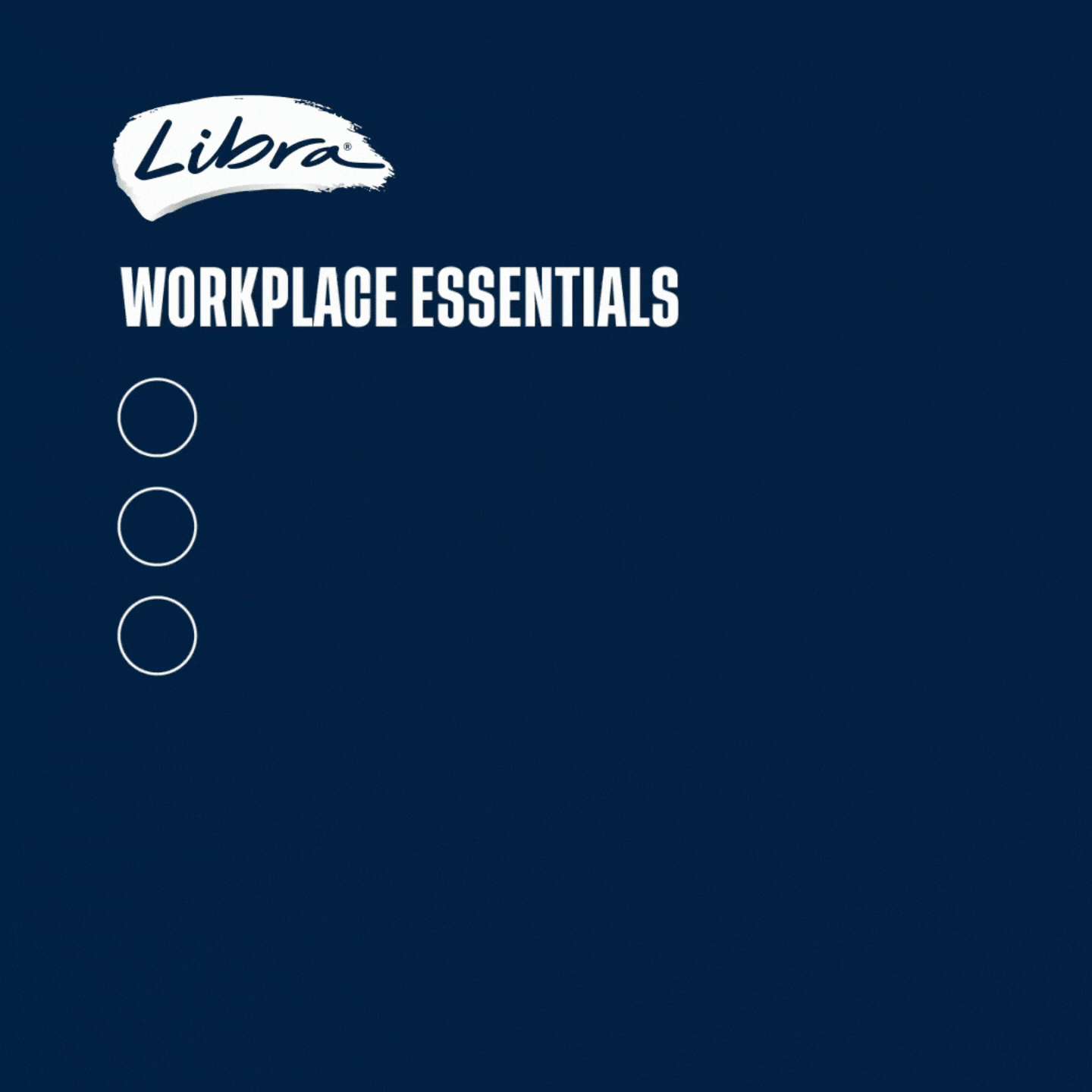Just before Jan West retired from her role as a partner at Deloitte Australia, she went to a partner conference where she walked into the women’s bathroom and was met with a long line coming out of the door.
She walked in and said: “This is fabulous. I love a queue in the ladies’ toilet.”
Most of the women turned around and looked at her as if she’d “just landed from Mars”, but for Jan West, who became the first female partner of Deloitte in the 1970s, it was a sight for sore eyes.
In the early stages of her career, West was usually the only woman in the room and says there was never any women above her to look up to.
Among other roles, West in now a non-executive director at Australia Post. She’s also a guest on the latest episode of the Women are the Business podcast, that covers the gender power gap and why women are still underrepresented in leadership roles.
Sue Morphet, a non-executive director across consumer goods and discretionary spend boards in Australia and also the president of Chief Executive Women, says gender has also played a major role in her experiences of leadership.
“There were so many times I was the only woman in the room. There were so many times where behaviour meant I couldn’t be in the room,” she says on the podcast.
“You reflect back and think, ‘I wonder if I’ve been spoken about differently because I’m a woman than what I would have been spoken about had I been a man.’”
Jen Overbeck is an associate professor of management at Melbourne Business School and is a trained social psychologist. She says the first women who started to enter traditionally male workplaces had to learn to accommodate themselves. Often, this meant “pulling the ladder up after them.”
“They had to fit in, they had to assimilate, and they had to just be one of the guys, and they had to learn to leave gender out of it,” she says.
The fact that these early, trailblazing women were often not thought of as good mentors for younger women, speaks to social psychology research that Overbeck has studied.
“Anytime that there’s a big power differential between groups, individual members of a low power group will be able to ascend and be part of the club, but they can rarely bring other people along with them,” she says. “It’s just much harder to do than we think.”
Overbeck does a lot of executive education, working with groups of senior leadership teams and CEOs in companies, government and the non profit sector.
Most of these groups are at least 75 per cent male, she says, and the curriculum she developed revolves around focusing on how to use and not use power, and the importance of building consensus.
“It’s really good to have power, it’s something that you need, but you don’t want to lead with power,” Overbeck tells these groups. “It’s much better to use influence to bring people on board, to get them to voluntarily buy in.”
But when Overbeck did a similar program for women in senior leadership roles, she quickly realised she needed to change her message. It was clear “women were already across this” and didn’t need to be told how to build consensus and how not to misuse their power
Women needed to hear something different. For them, it was more about how to build a power base.
“Women should lean in and they should take their seat at the table. But at some point, if you don’t think about having power, you’ll get your seat at the table and people will say no to you. And there’s nothing you can do about it,” Overbeck says.
And how do we get more women into leadership roles?
Sue Morphet says Chief Executive Women have done a lot of research on the idea of ‘merit’ and that for many people who believe they are employing on merit, “it’s actually merit in their own likeness.”
For Overbeck, quotas work. And that’s because the key factor that makes change in terms of gender balance is simply having more gender balance.
“What we find over and over is that when organizations or governments do implement quotas, it is one of the few things that actually works because there’s an issue of critical mass.”
“That until you have a critical mass of women in those positions, and this is not just for gender it’s for any underrepresented group, but until the numbers are there, the dynamics don’t change.”
Jan West says mentorship was vital to her career progression. It was a male mentor who helped her realise she was capable and ambitious enough to be appointed partner at Deloitte.
“I had a mentor who took me aside and said, ‘Do you realize if you actually put your head down and worked at this, you could become a partner?’”
“It was a realization that somebody mentoring you and giving you that encouragement does make a big difference. And with his encouragement, I then became ambitious to achieve that.”
It’s clear it’s going to take a long time before we have equal numbers of men and women in positions of power – whether that’s in business or politics.
But perhaps we can learn something from the pioneering women, like Jan West and Sue Morphet.
We’ll be featuring stories on all eight episodes of this podcast here on Women’s Agenda, thanks to our partnership with the Faculty of Business and Economics at The University of Melbourne.
Subscribe to the series on Spotify or Apple Podcasts.
Click here to see the full: #WomenAreTheBusiness series


